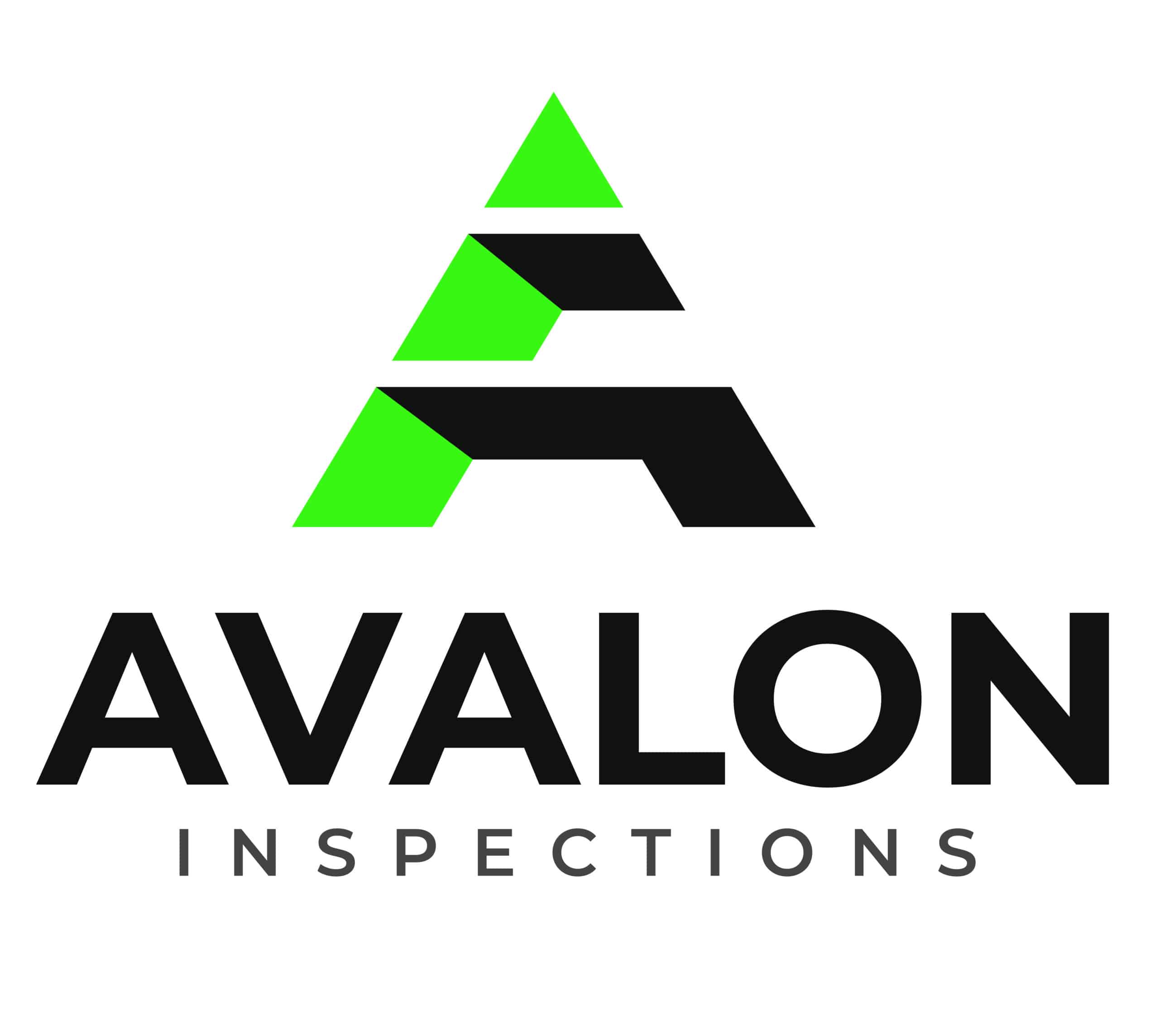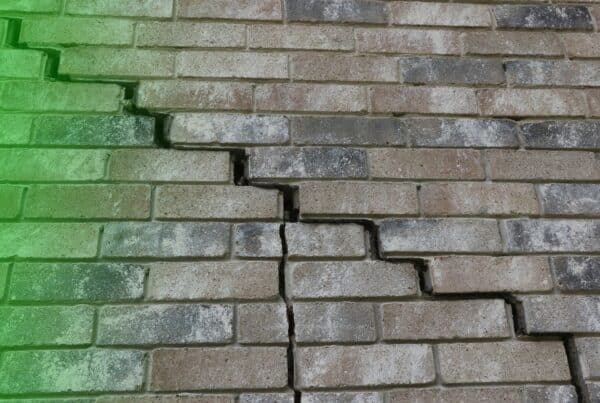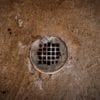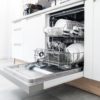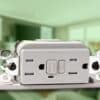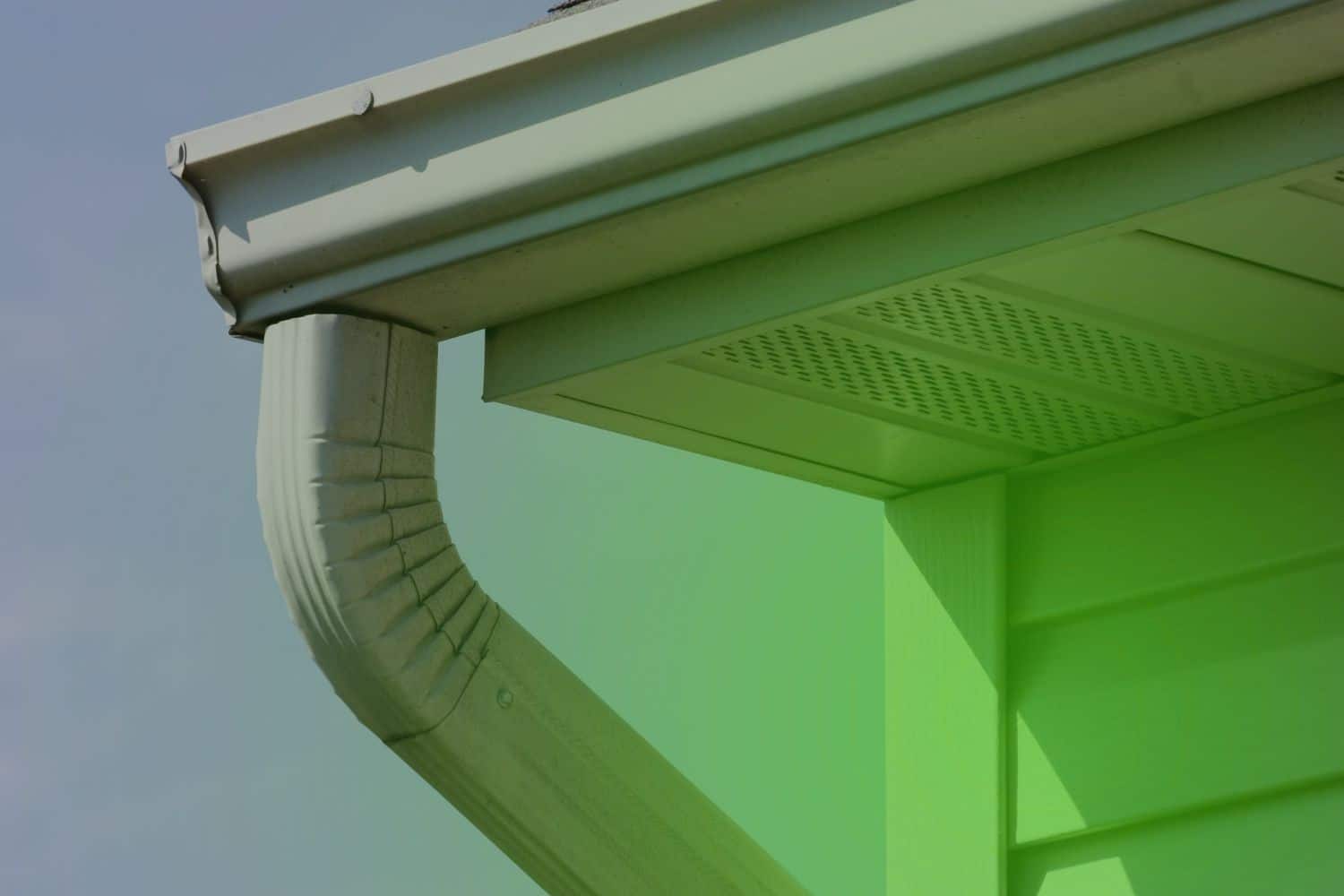
If you’ve ever stood under the edge of a roof during a rainstorm, you’ve already experienced what eaves do. The eaves of a house are the overhanging sections of the roof that extend beyond the walls.
Their purpose might seem simple, but they play a critical role in protecting your home’s structure, siding, and foundation. Eaves help move water away from the home, prevent moisture damage, and allow ventilation under the roof.
In this post, we’ll cover the main functions of eaves, the most common issues inspectors find, and when it’s time to call a professional for evaluation.
What the Eaves of a House Do
The eaves are much more than decorative roof edges. They perform several important tasks that protect your home from the top down.
1. Divert Rainwater Away from Walls and Foundation
Eaves extend the roof line outward so rainwater drips off the roof edge rather than running down the siding.
Without proper eaves, water can seep behind siding panels, cause rot, and pool around the foundation.
In one study, almost 90% of walls without an overhang showed moisture problems (versus only 25% when a generous overhang was present).
A properly installed gutter system, connected to the eaves, directs water safely away from the home. When gutters clog or pull loose, water can back up under the roof edge and damage the fascia or soffit.
2. Protect Windows and Siding from the Elements
Overhanging eaves provide a physical shield from sun exposure and rain. This helps extend the lifespan of siding and window trim while reducing maintenance needs.
3. Support Roof Ventilation and Energy Efficiency
The underside of an eave, called the soffit, often contains small vents that allow fresh air to flow into the attic.
Proper ventilation helps regulate temperature and moisture levels, reducing the risk of mold growth and extending the life of your roof structure.
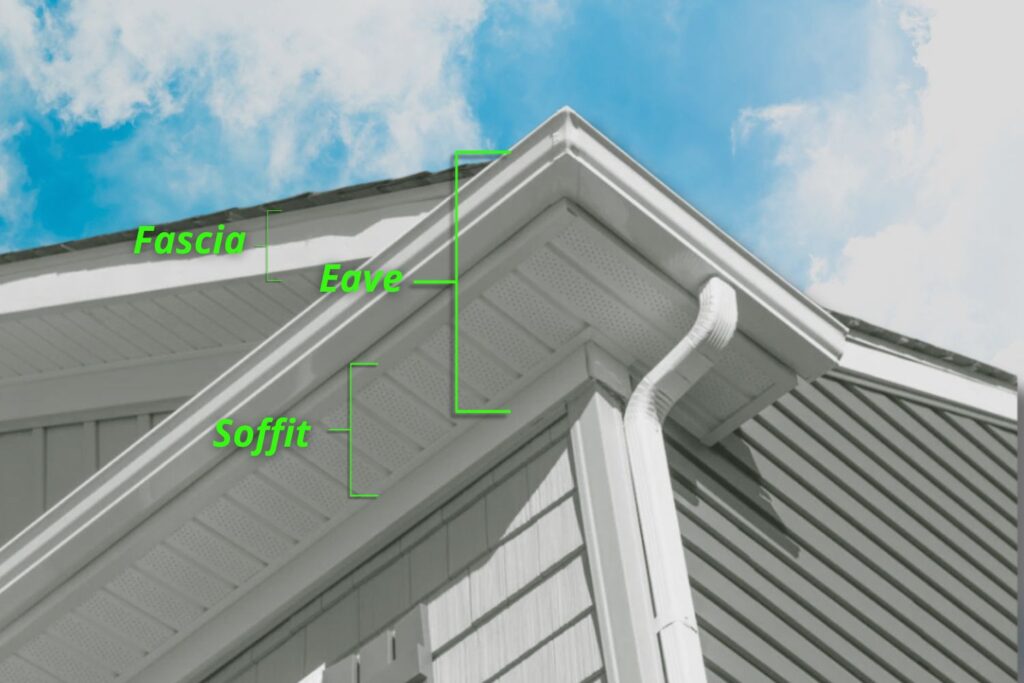
Parts of the Eaves Explained
Understanding the different sections of house eaves helps you spot problems early. Here are the main components and what each one does.
| Part | Function | Common Material |
| Fascia | Vertical board that caps the end of roof rafters and holds gutters in place | Wood, PVC, aluminum |
| Soffit | Horizontal underside of the eave that may include vents | Vinyl, wood, or fiber cement |
| Frieze Board | Decorative board that transitions between wall and soffit | Wood or composite |
| Drip Edge | Thin metal flashing that directs water into gutters | Galvanized steel or aluminum |
Each part works together to move water away and protect the framing from exposure. If any section fails, moisture can quickly spread to roof decking and interior walls.
Regional Factors That Affect Eave Wear in Georgia
Homes in Atlanta and surrounding Georgia regions experience a mix of heat, humidity, and heavy rainfall throughout the year. These conditions make eaves especially vulnerable to damage.
High Humidity and Moisture Exposure
Georgia’s climate promotes wood rot and mold growth in fascia boards and soffits. Even a small crack in paint or caulking can let moisture seep in.
Seasonal Storms and Wind
Summer storms can pull gutters away from fascia boards and drive rainwater under drip edges. Strong winds may loosen soffit panels or dislodge lightweight aluminum materials.
Pests and Wildlife
The state’s warm weather and wooded areas attract squirrels, birds, and insects. They often enter attics through damaged soffit vents, chewing insulation and leaving droppings that affect indoor air quality.
UV Exposure
Constant sunlight fades paint and weakens wood or vinyl soffits over time. South-facing rooflines typically show more cracking or peeling than shaded sides of the home.
Common Defects Found in House Eaves
During home inspections, it’s common to find issues that start small but lead to major repairs if ignored.
Here are the most frequent eave problems the Avalon team encounters.
1. Rotting Fascia Boards
Fascia boards often take the brunt of water exposure. Leaky gutters or missing drip edges can cause water to pool behind the fascia, leading to rot or mold.
You might notice peeling paint, soft wood, or stains along the roof edge.
2. Damaged or Missing Soffit Panels
Soffits can warp, sag, or go missing entirely due to wind or age. Open gaps allow rodents, birds, or insects to enter the attic.
They also interrupt airflow, which can cause attic moisture buildup and insulation problems.
3. Poor Ventilation or Blocked Soffit Vents
Dust, paint, or insulation can clog soffit vents over time. When that happens, hot air and moisture become trapped in the attic, raising energy bills and encouraging mold or wood decay.
4. Gutter-Related Water Damage
Loose or overflowing gutters are one of the most common causes of eave deterioration. Clogged gutters force water under shingles and behind fascia boards, where it soaks into the structure.
5. Pest Infestation
Open soffits and gaps between boards provide easy nesting spots for squirrels, bats, and starlings. These pests can chew insulation and wiring, creating safety hazards inside the attic.
6. Inadequate Drip Edge Installation
A missing or poorly installed drip edge can cause water to run back onto the roof sheathing. Over time, that leads to wood rot under the shingles and along the roofline.
How Inspectors Evaluate Eaves During an Inspection
During a home inspection, Avalon’s inspectors carefully examine the eaves as part of the exterior and roof evaluation for the house. The process includes:
- Checking fascia boards for soft spots, stains, or decay.
- Inspecting soffit panels for damage, sagging, or missing sections.
- Looking for signs of improper gutter alignment or drainage issues.
- Assessing attic ventilation by locating soffit and ridge vents.
- Identifying water stains or mold on roof decking visible from the attic.
If defects are found, inspectors document them with photos and clear descriptions in the report.
Avalon’s reports also include maintenance recommendations, such as repainting wood fascia, resealing gaps, or adding ventilation improvements to prevent repeat problems.
Advanced Inspection Tools and Techniques
To give homeowners a more accurate picture of hidden damage, Avalon’s inspectors may also use:
- Moisture meters to detect damp wood behind painted surfaces.
- Thermal imaging cameras to spot cold spots or hidden leaks under soffits.
- Drone photography to capture high-resolution images of roof edges that aren’t easily accessible.
These tools allow for a non-invasive but detailed look at roof and eave conditions, especially in older or multi-level homes.
Why Eave Maintenance Matters
Well-maintained eaves protect the entire roof system and reduce costly repairs later. Neglecting them can lead to structural damage, pest problems, or interior leaks that spread unseen until they become serious.
Here’s what regular upkeep accomplishes:
- Keeps rainwater directed safely away from the home.
- Prevents hidden rot in framing and roof decking.
- Helps insulation stay dry and effective.
- Reduces attic humidity and energy loss.
- Protects curb appeal by preventing peeling paint and warped boards.
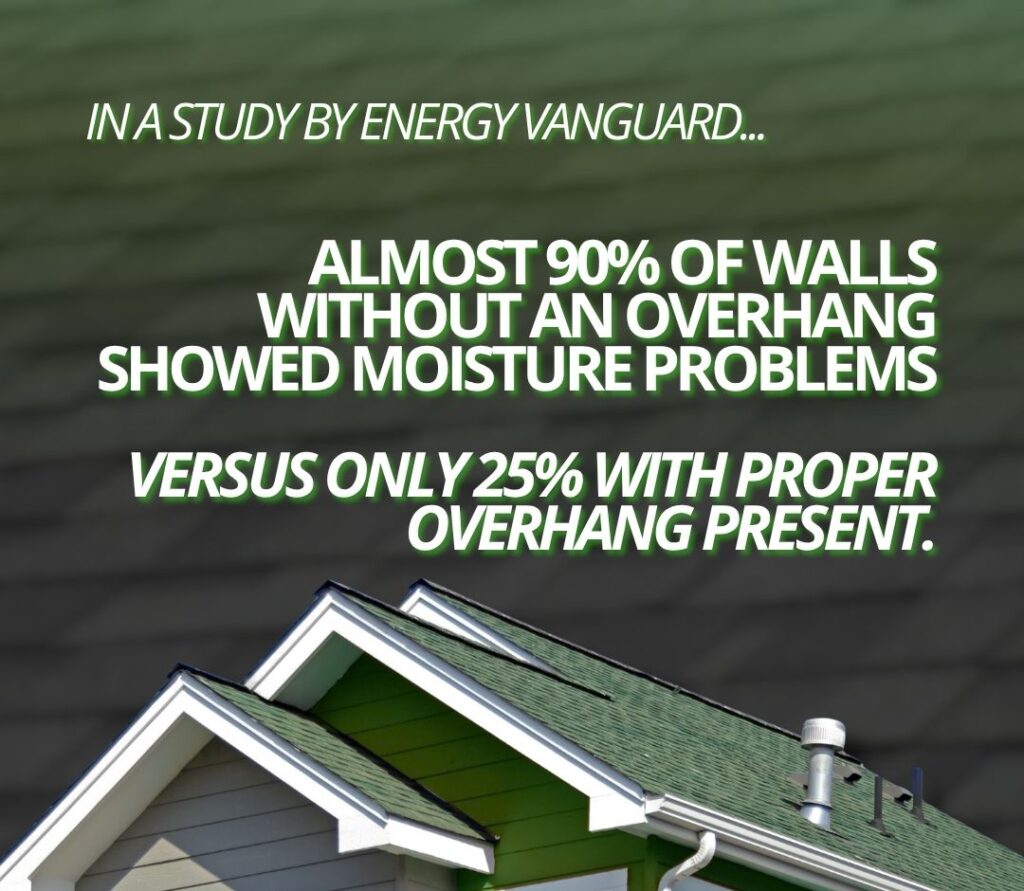
Maintenance Tips for Homeowners
Eaves are easy to overlook, but small upkeep steps make a big difference in how well your roof and exterior hold up over time.
Here are simple ways to keep your eaves and surrounding areas in good shape year-round.
Clean and Inspect Gutters Twice a Year
Spring and fall cleanings remove leaves and debris that can trap moisture and overflow.
Check for Loose Boards or Gaps
Look for nails that have backed out, warped panels, or holes that could let pests in.
Repaint or Reseal Wood Surfaces
A fresh coat of paint or sealant keeps wood components from absorbing moisture.
Inspect Vent Openings
Use a flashlight to check that soffit vents are clear of insulation and dust buildup.
Trim Back Nearby Trees
Branches that hang too close to the roof can scrape paint, block airflow, and drop debris into gutters.
Schedule Professional Inspections Every Few Years
A professional inspection can catch early signs of decay, pest intrusion, or poor ventilation before repairs become expensive.
Avalon’s inspectors also document any areas needing resealing or repainting to help prevent small issues from turning into leaks.
Visual idea: homeowner checklist graphic labeled “Eave Care Year-Round” with icons for gutter cleaning, painting, trimming, and ventilation checks.
Related Questions Homeowners Often Ask
Why is there moisture or discoloration on the ceiling near exterior walls?
This is often caused by roof or eave leaks, damaged flashing, or condensation trapped in the attic.
A home inspector can trace the source and determine whether repairs are needed to the roofing, insulation, or ventilation system.
What exterior maintenance helps protect a home the most?
Cleaning gutters, sealing gaps in siding, trimming back vegetation, and checking drainage around the foundation are simple steps that prevent major repair costs. Annual inspections keep these systems in check.
How often should I schedule a full home inspection?
Most homeowners benefit from a professional inspection every three to five years, or sooner after a major storm or renovation.
Trained eyes can find early signs of leaks, ventilation problems, and drainage issues before they turn costly.
When to Call for Professional Inspection
Contact a professional inspector or roofing contractor if you notice:
- Water stains along interior ceilings or exterior walls near the roofline.
- Soft or discolored wood around fascia boards.
- Sagging or missing soffit panels.
- Persistent pest activity around roof edges.
- Mold or mildew odors in the attic.
Avalon Home Inspections provides detailed home inspections across Atlanta, Georgia, and surrounding areas.
Our team evaluates visible eave conditions, roof structure, and attic ventilation as part of every standard inspection. If we find issues, you’ll receive a clear report outlining next steps for repair or maintenance.
Conclusion
The eaves of a house may seem like a small architectural detail, but they have an outsized impact on how well your home handles weather, moisture, and airflow.
Neglecting them can lead to hidden damage that affects your entire roofing system.
If you’re unsure about the condition of your roof or eaves, get a quote for a professional home inspection with Avalon Home Inspections.
Serving Atlanta and nearby areas, our certified team helps homeowners identify structural issues early and keep every part of their home in top condition.
